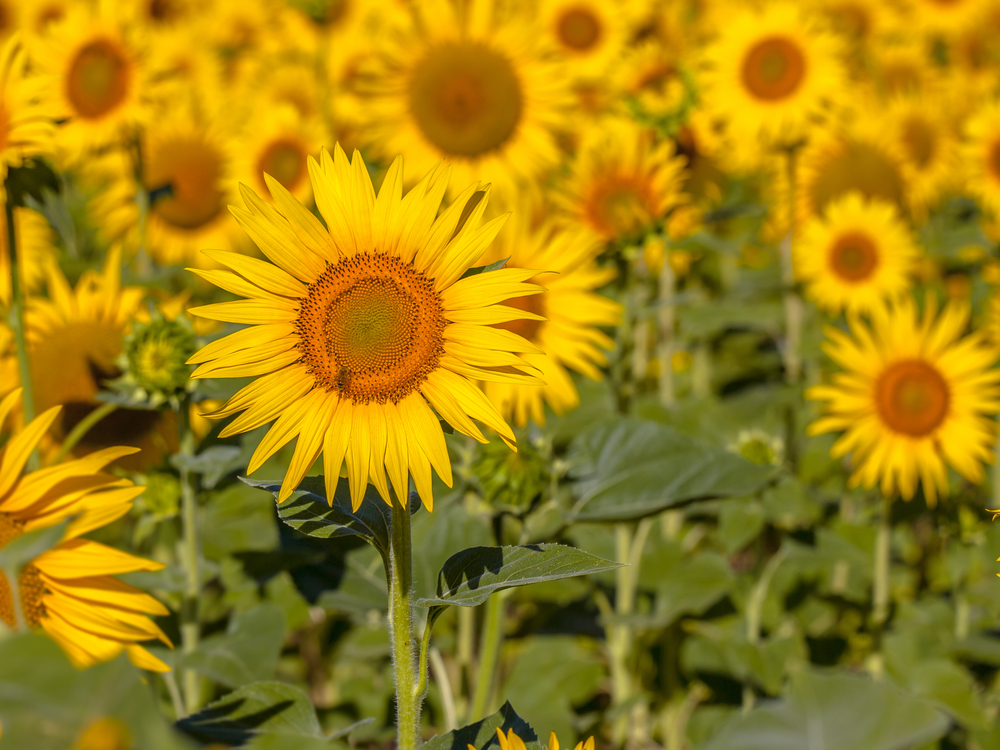

Last week I talked about bees as they deserve a post of their own. It has been reported that every fourth bite of food you eat is there due to bees. Personally, I think every bite of food we eat (unless you are eating synthetic manufactured foods) is dependant on bees. We should all be planting at least a small area of habitat for bees but don’t forget the other beneficial insects too.
This week, I am looking at other beneficial insects. All insects have their place in the world (I don’t quite understand the Mosquito’s place in the world but there must be one) and if any one insect is removed completely then the whole insect ecosystem is thrown completely out of whack.
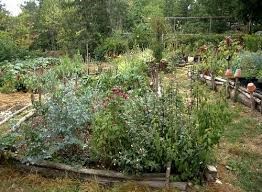
If you have an insect attack in your garden there is imbalance somewhere. If your soil is healthy you will grow strong healthy plants. Soil needs attention at least twice per year. I attend to my soil regularly by feeding it with mixtures I make myself from weeds, nettles and manure, as well as applying compost twice per year. When I am resting beds, I apply manure and mulch them heavily with straw or ruined hay. By paying careful attention to the soil I tend to have strong healthy plants and little or no insect attack of any significance. I am not saying by any means that I don’t have bug attacks on plants, but they tend to be minimal and I don’t worry about them. Having said that I think I have now jinxed myself and will have a catastrophic attack in the near future.
By not planting monocultures of plants but rather mixing things up you confuse insects. I love the look of market gardens with neat rows of plants all growing alongside each other but in reality, this type of gardening relies upon pesticides. There is far less work in pest control if you grow your plants all mixed up.
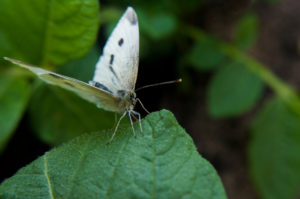
Cabbage moths love cabbages, broccoli and cauliflower (Brassicas) but if you have other plants growing around your brassicas you will confuse the moths. If your plants are strong and healthy, they are also less susceptible to attack. A simple way of confusing Cabbage moths is to cut out a butterfly shape from white plastic, an empty yoghurt or sour cream container is perfect for this and attach it to a stick so it hovers above your plants. The moths are territorial and won’t bother to attack plants already being eaten.
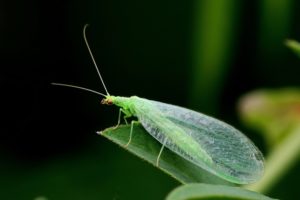
Lacewings are an insect that provide great services to gardeners. They prey upon Aphids and other soft-bodied insects that feed on your plants. If you have lacewings in your garden, you have a great ally on your side. Plants that attract Lacewings are Fennel, Alyssum and Daisies, all great plants to have mixed into your garden as they also attract other beneficial insects and are very attractive plants in their own right.
Ladybirds are another great worker in the garden. They are cute and kids love to find them too. They also inspire some people to instantly start reciting verses about Ladybirds! Ladybirds love Aphids so if you have an aphid infestation you are in need of some ladybirds. The same plants that attract aphids (Roses) will attract Ladybirds.
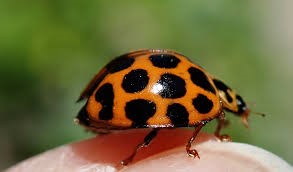
There is also a 28-spot ladybird that is not so beneficial as it will actually eat your plants. They are a large insect, orange in colour and have 13 spots on each wing (someone was either very poor at maths or couldn’t count when they named this ladybird.). They are particularly attracted to tomatoes, potatoes and other plants in the Solanaceae family, as well as beans and cabbage. If you see ladybirds on damaged leaves of these plants, they may well be 28-spot ladybirds. The easiest way to control them is to pick them off by hand and have the chooks deal with them.
The best way to attract beneficial insects to your garden is to have a large variety of flowering plants mixed in with your vegetables. Marigolds, Borage, Rosemary, Lavender, Daisies, Alyssum and Cosmos should all be on your lists to include in your vegetable gardens. Leave some weeds in place and provide some areas that insects are able to use for living and breeding. Some rocks piled up in a corner, a hollow log in the back of a bed, they don’t need to be large and spectacular but they provide habitat for the bugs and animals we need to encourage into our gardens.